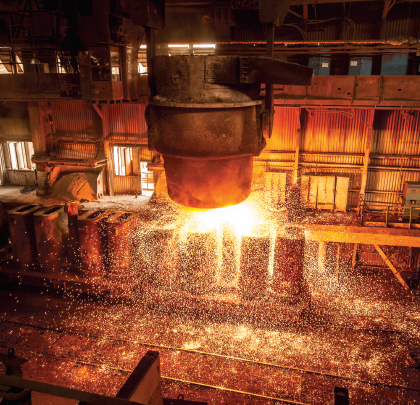Essential Construction Contract Terms
The importance of a well-crafted construction contract cannot be overstated. As Murphy’s Law states, if something can go wrong, it will. The best way...
Delay Claim Damages: How Do You Prove Them?
Delay claims come in all different shapes and sizes. But, where a delay is compensable, one critical aspect of the ensuing claim is determining...
A New Reality
In the past few years, the proliferation of drones has expanded exponentially. Once limited to a casual, amateur pastime activity, the use of drones...
Dealing with Difficult Parties on a Project
If you have been involved in the construction industry for any substantial amount of time, you have likely encountered an individual or an entity...
Key Considerations in a Fixed-Price Construction Contract
Of the many concerns an owner must navigate during the pre-construction process, one of the most critical issues to be resolved is how the...
Mitigating the Impacts of New Tariffs
As most construction professionals are now certainly aware, on March 8, 2018, President Trump executed two Presidential Proclamations establishing a 25 percent tariff on...
Have our Contracts Become too One-Sided?
Times have changed. We all recognize it. They have changed in the way we interact with people, in the way we do business, engage...
Navigating the Competitive Bid Process for Public Contracts
The bid process for a public construction project can be daunting for even the most sophisticated and savvy owners. Failing to adhere to state...
Recovering Delay Damages Despite Timely Completion
Construction projects frequently encounter delays to the work. A delay which is compensable to a contractor is one that was not anticipated when the...
NYC Local Law 196: Coming to a Town or City Near...
Local Law 196 of 2017 was enacted in response to the increase in fatalities on construction sites in New York City (NYC). It amended...











